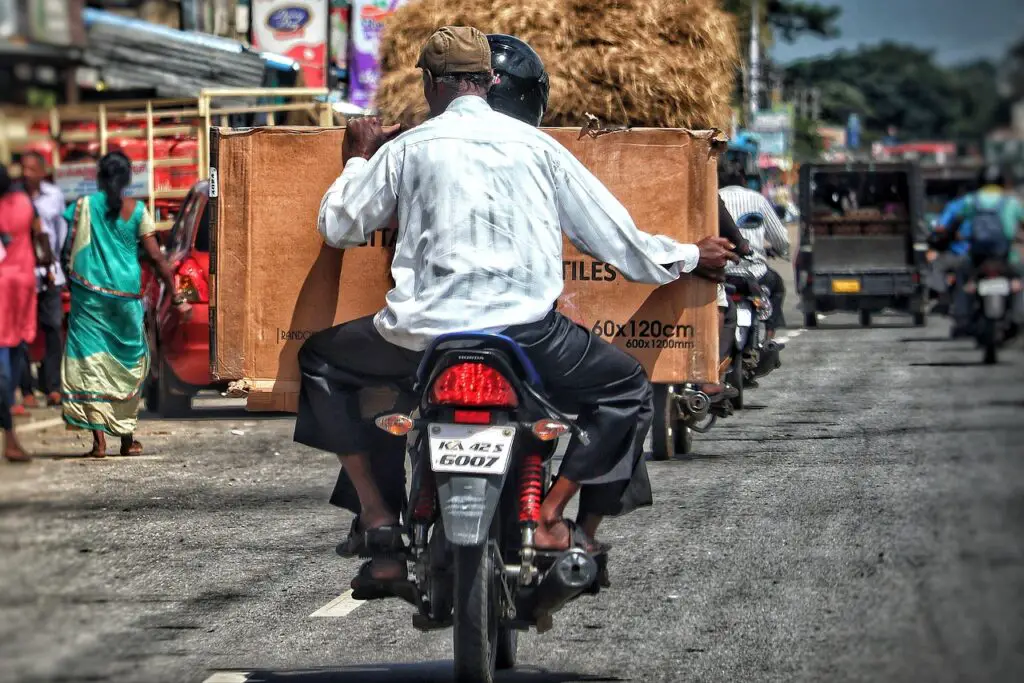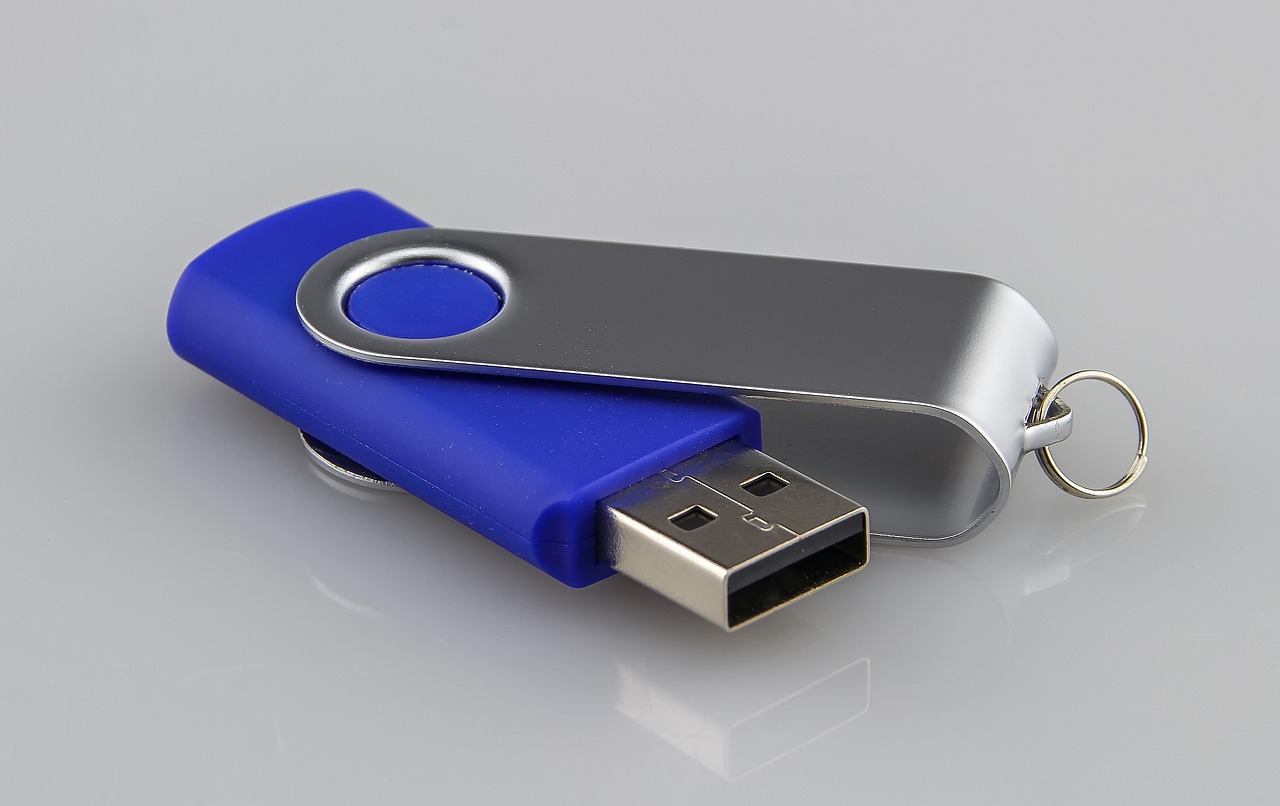The rise of digital nomadism has reshaped the way people work, live, and travel. With the freedom to work remotely from virtually anywhere in the world, digital nomads embrace a lifestyle of flexibility and adventure. However, one logistical challenge that often arises is how to receive packages while constantly on the move. Whether it’s essential work equipment, personal items, or care packages from loved ones, getting mail and packages delivered abroad requires careful planning and creative solutions. This article explores the various methods digital nomads use to receive packages while traveling, the challenges they face, and practical tips to streamline the process.
The Unique Challenges of Receiving Packages as a Digital Nomad
Digital nomads face a unique set of obstacles when it comes to receiving packages abroad. Unlike traditional travelers, they often lack a fixed address, making standard delivery methods unreliable. Here are some of the key challenges:
- Lack of a Permanent Address: Digital nomads frequently move between countries, cities, or even neighborhoods, staying in short-term rentals like Airbnb, hostels, or co-living spaces. These temporary accommodations may not always offer reliable mail services.
- Customs and Import Regulations: Each country has its own rules for importing goods, including taxes, duties, and restrictions on certain items. Navigating these regulations can be time-consuming and costly.
- Delivery Reliability: In some countries, local postal services may be slow, unreliable, or prone to loss. This is particularly true in regions with less developed infrastructure.
- Time Sensitivity: Digital nomads often need packages delivered within a specific timeframe before they move to their next destination. Delays in shipping or customs can disrupt their plans.
- Language Barriers: Communicating with local postal services or couriers in a foreign language can complicate the process of tracking or retrieving packages.
Despite these challenges, digital nomads have developed a variety of strategies to ensure they can receive their packages no matter where they are in the world. Below, we explore the most effective methods.
1. Mail Forwarding Services
One of the most popular solutions for digital nomads is using mail forwarding services. These services provide a permanent address in a home country (often the United States or another reliable postal hub) where packages can be sent. The service then forwards the packages to the nomad’s current location abroad.
How It Works
- Sign Up for a Service: Digital nomads choose a mail forwarding company, such as MyUS, Shipito, or US Global Mail. These services provide a physical address in the U.S. or another country.
- Receive and Store: Packages are sent to the provided address, where the service stores them until the nomad is ready to have them forwarded.
- Forwarding Options: The nomad selects a shipping method (e.g., DHL, FedEx, or USPS) and provides the destination address abroad. Some services allow consolidation of multiple packages into one shipment to save on costs.
- Customs Handling: Reputable services assist with customs paperwork, ensuring compliance with international regulations.
Benefits
- Provides a consistent address for receiving packages.
- Allows nomads to shop online from retailers that don’t ship internationally.
- Offers flexibility in choosing when and where to forward packages.
- Consolidation reduces shipping costs for multiple items.
Drawbacks
- International shipping can be expensive, especially for large or heavy items.
- Customs duties and taxes may apply, increasing costs.
- Delivery times can be lengthy, depending on the destination.
Tips
- Compare fees across multiple services, as pricing varies for storage, consolidation, and shipping.
- Opt for services with transparent customs support to avoid unexpected delays.
- Plan ahead to ensure packages arrive at a location where you’ll be for at least a few weeks.
2. Local Post Offices and Poste Restante
For digital nomads on a budget, using local post offices and the “Poste Restante” system is a cost-effective option. Poste Restante is a service offered by many postal systems worldwide, allowing travelers to have mail sent to a specific post office for pickup.
How It Works
- Choose a Post Office: Research a reliable post office in the city where you’ll be staying. Major cities often have central post offices that offer Poste Restante.
- Address Format: Packages should be addressed to the nomad’s name, followed by “Poste Restante,” the post office’s address, and the city/country. For example:
John Doe Poste Restante Main Post Office Lisbon, Portugal - Pickup Process: Visit the post office with identification (e.g., passport) to retrieve the package. Some post offices may charge a small fee for storage.
Benefits
- Low or no cost compared to private forwarding services.
- Available in many countries, especially in major cities.
- Allows nomads to receive packages without a fixed address.
Drawbacks
- Not all post offices offer Poste Restante, and reliability varies by country.
- Packages may be held for a limited time (e.g., 30 days) before being returned.
- Language barriers can complicate communication with postal staff.
Tips
- Confirm the post office offers Poste Restante before sending packages.
- Track packages to ensure they arrive before you visit the post office.
- Bring a tracking number and identification to streamline pickup.
3. Co-Working Spaces and Co-Living Communities
Many digital nomads rely on co-working spaces or co-living communities as temporary bases. These spaces often provide mail and package receiving services for their members.
How It Works
- Select a Space: Choose a co-working space or co-living community that offers mail services. Popular chains like WeWork, Selina, or Outsite often have systems in place.
- Coordinate with Staff: Inform the staff of incoming packages and provide details like tracking numbers.
- Pickup or Delivery: Packages are typically held at the reception desk or delivered to the nomad’s room.
Benefits
- Convenient for nomads already using these spaces for work or accommodation.
- Staff often assist with customs or delivery issues.
- Secure storage in a professional environment.
Drawbacks
- Not all co-working or co-living spaces offer mail services.
- May require a membership or long-term stay.
- Limited to specific locations, which may not align with travel plans.
Tips
- Contact the space in advance to confirm their mail-handling policies.
- Use these services for short-term stays to avoid storage fees.
- Ensure packages are addressed clearly to avoid confusion.
4. Package Lockers and Pickup Points
In many countries, package lockers and pickup points have become a convenient solution for receiving packages. Companies like Amazon, DHL, and local postal services offer lockers or designated pickup locations where nomads can retrieve their packages.
How It Works
- Select a Locker or Pickup Point: When shopping online or arranging a shipment, choose a nearby locker or pickup point as the delivery address.
- Receive Notification: Once the package arrives, the nomad receives a notification with a pickup code or QR code.
- Retrieve Package: Visit the locker or pickup point, enter the code or scan the QR code, and collect the package.
Benefits
- Secure and accessible, often available 24/7.
- Widespread in urban areas, especially in Europe and Asia.
- Eliminates the need for a fixed address.
Drawbacks
- Limited to countries with established locker networks.
- Size restrictions may apply for larger packages.
- Pickup points may have limited operating hours.
Tips
- Use services like Amazon Hub Lockers or DHL Service Points for reliable options.
- Check locker availability in your destination city before ordering.
- Plan deliveries to align with your stay in the area.
5. Local Friends or Contacts
For nomads with connections in their destination country, asking a local friend, colleague, or host to receive packages on their behalf is a practical solution.
How It Works
- Arrange with a Contact: Coordinate with a trusted friend, Airbnb host, or colleague to use their address for delivery.
- Provide Details: Share tracking information and delivery instructions with the contact.
- Pickup or Delivery: Arrange to pick up the package or have it delivered to you by the contact.
Benefits
- Cost-effective, as it avoids forwarding fees.
- Builds relationships with locals or hosts.
- Often more reliable than postal services in some regions.
Drawbacks
- Requires trust in the contact to handle packages responsibly.
- May not be feasible for nomads without local connections.
- Can be inconvenient for the contact if multiple packages are sent.
Tips
- Offer to compensate hosts or contacts for their assistance.
- Use this method for low-value or non-urgent packages to minimize risk.
- Communicate clearly about delivery timelines and pickup arrangements.
6. Courier Services and Direct Shipping
For urgent or high-value items, digital nomads often rely on international courier services like DHL, FedEx, or UPS, which offer direct shipping to temporary accommodations.
How It Works
- Select a Courier: Choose a reputable courier service with international reach.
- Provide Delivery Address: Use the address of your current accommodation, such as a hotel, Airbnb, or co-living space.
- Track and Coordinate: Monitor the shipment and coordinate with the accommodation staff to ensure someone is available to receive it.
Benefits
- Fast and reliable delivery, often with real-time tracking.
- Suitable for urgent or high-value items.
- Couriers often handle customs paperwork, simplifying the process.
Drawbacks
- Expensive compared to other methods.
- Requires a reliable delivery address.
- Customs fees can be significant for high-value items.
Tips
- Use couriers for time-sensitive or essential items only.
- Confirm with your accommodation that they can receive courier deliveries.
- Request electronic customs forms to speed up processing.
Navigating Customs and Taxes
Customs regulations are a critical consideration for digital nomads receiving packages abroad. Each country has its own rules regarding what can be imported, duty-free thresholds, and prohibited items. Here are some tips to navigate customs:
- Research Local Regulations: Check the destination country’s customs website or consult with your mail forwarding service to understand restrictions and duties.
- Declare Accurately: Ensure all packages have accurate customs declarations to avoid delays or penalties.
- Keep Values Low: Where possible, send low-value items to minimize duties. Some countries have duty-free thresholds for personal items.
- Avoid Prohibited Items: Research restricted items, such as electronics, food, or medications, to prevent packages from being seized.
- Use Reputable Services: Mail forwarding and courier services often provide guidance on customs compliance, reducing the risk of issues.
Practical Tips for Digital Nomads
To make receiving packages abroad as smooth as possible, digital nomads can follow these best practices:
- Plan Ahead: Order packages well in advance to account for shipping and customs delays. Aim to have them delivered to a location where you’ll be staying for at least a few weeks.
- Track Everything: Use tracking services to monitor package progress and avoid missed deliveries.
- Minimize Shipments: Consolidate purchases to reduce shipping costs and customs complications.
- Leverage Technology: Use apps like Shop & Ship or Parcel to manage deliveries and track packages across multiple services.
- Stay Flexible: Be prepared to adjust plans if a package is delayed or rerouted. Have backup options, such as a nearby pickup point or a trusted contact.
- Build a Network: Connect with other nomads or locals who can share tips or assist with package handling in new destinations.
Case Studies: Real-Life Examples
Case Study 1: Sarah, the E-Commerce Entrepreneur
Sarah, a digital nomad running an online store, needed to receive product samples while traveling in Southeast Asia. She used a mail forwarding service to consolidate packages in the U.S. before shipping them to a co-working space in Chiang Mai, Thailand. By coordinating with the co-working staff and using a courier service, she ensured timely delivery and avoided high customs fees by keeping package values below Thailand’s duty-free threshold.
Case Study 2: Mark, the Freelance Designer
Mark, a freelance graphic designer, spent three months in Lisbon, Portugal. He used Poste Restante at the city’s main post office to receive a replacement laptop charger. By tracking the package and visiting the post office with his passport, he retrieved it without issues, saving on forwarding costs.
Case Study 3: Emma, the Travel Blogger
Emma, a travel blogger, relied on an Airbnb host in Mexico City to receive a care package from her family. She communicated clearly with the host, provided tracking details, and picked up the package during her stay. This low-cost solution allowed her to stay connected with home without relying on postal services.
Conclusion
Receiving packages abroad as a digital nomad requires a combination of research, planning, and adaptability. By leveraging mail forwarding services, local post offices, co-working spaces, package lockers, local contacts, or courier services, nomads can overcome the challenges of not having a fixed address. Understanding customs regulations and using tracking tools further streamline the process. With these strategies, digital nomads can enjoy the freedom of their lifestyle without sacrificing the ability to receive essential items, no matter where their travels take them.














